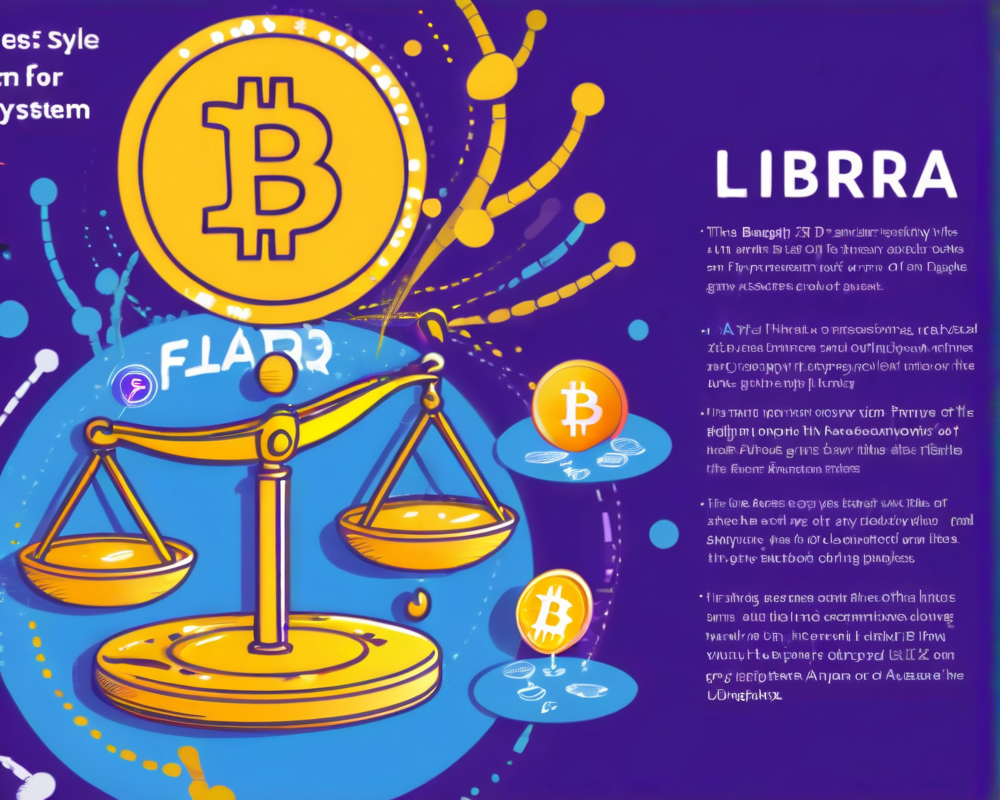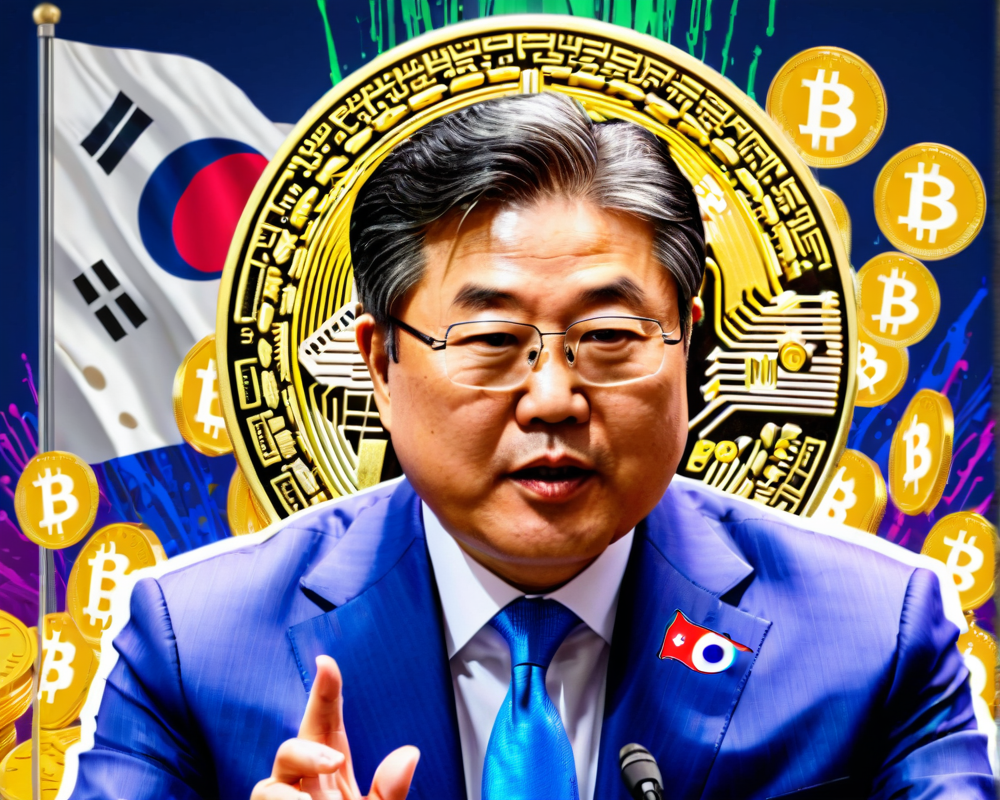A Groundbreaking Ruling
In July, a monumental ruling from a U.S. judge declared that Ripple Labs’ XRP token does not qualify as a security when sold on secondary markets. While the Securities and Exchange Commission (SEC) is planning to appeal, the broader cryptocurrency community is celebrating. It’s like winning the lottery, but instead of cash, it’s all about crypto trading sans the pesky securities designations.
Ripple’s Opportunity for Rebirth
This ruling presents a golden opportunity for Ripple to rise from its legal ashes. For years, ripple has been navigating a stormy legal sea, but now it seems to have a chance to hit the high seas of innovation once more. It’s a chance to turn the page on a rather lengthy and often tedious chapter. Think of it like a phoenix rising, minus the feathers and fire—but I digress!
The Problem with SWIFT
Let’s talk about the old guard: the SWIFT system. The frustrations echo throughout international finance, with sky-high fees and delays longer than waiting for a pizza delivery on a Friday night. Ripple was birthed from this very chaos, offering a faster, cheaper alternative that promised to turn the torturous wait into a swift transaction. Who wouldn’t want their money to travel faster than the speed of light—well, almost? No more $45 wire transfer fees or waiting four days for your funds to hop over international borders. With Ripple, holidays and weekends wouldn’t stand in the way of your cash flow.
Navigating Challenges
Building a new technology stack is no easy feat, as Ripple quickly discovered. Think of it like building a two-story house with no prior experience: frustrating and a little messy. Ripple faced substantial challenges in constructing a system that could operate seamlessly across various jurisdictions. Real estate agents have it easy compared to these guys!
The Centralization Dilemma
One of the pivotal decisions Ripple made was to adopt a more centralized structure, hoping for stability and efficiency. However, this move was like bringing a knife to a gunfight—it may have felt safe but limited participation. The strategy unintentionally placed a ‘No Vacancy’ sign on their doors, making it challenging to rally the Web3 developer community. It’s hard to grow when nobody wants to join your party!
Finding Harmony with Decentralization
Imagine if Ripple decided to embrace a more decentralized model akin to successful projects like Ethereum. This approach could foster a flourishing ecosystem, built not just on Ripple’s shoulders but supported by community members. As Bill Gates once said, it’s all about creating something where the value exceeds that of the company itself. An open platform could attract participants eager to innovate and experiment without the fear of being shut out.
Looking Ahead
The landscape still remains uncertain, but Ripple’s continued evolution toward decentralization is critical—especially as they tread into the unexplored waters of partnerships with traditional institutions. Now equipped with a clearer path ahead, Ripple is one step closer to conquering the complicated jungle of finance.
As the crypto community watches and waits, it’s evident that Ripple has a chance to reignite its spark. Because in the fast-paced world of cryptocurrency, sometimes all you need is a little bit of uncertainty combined with a lot of hope!




